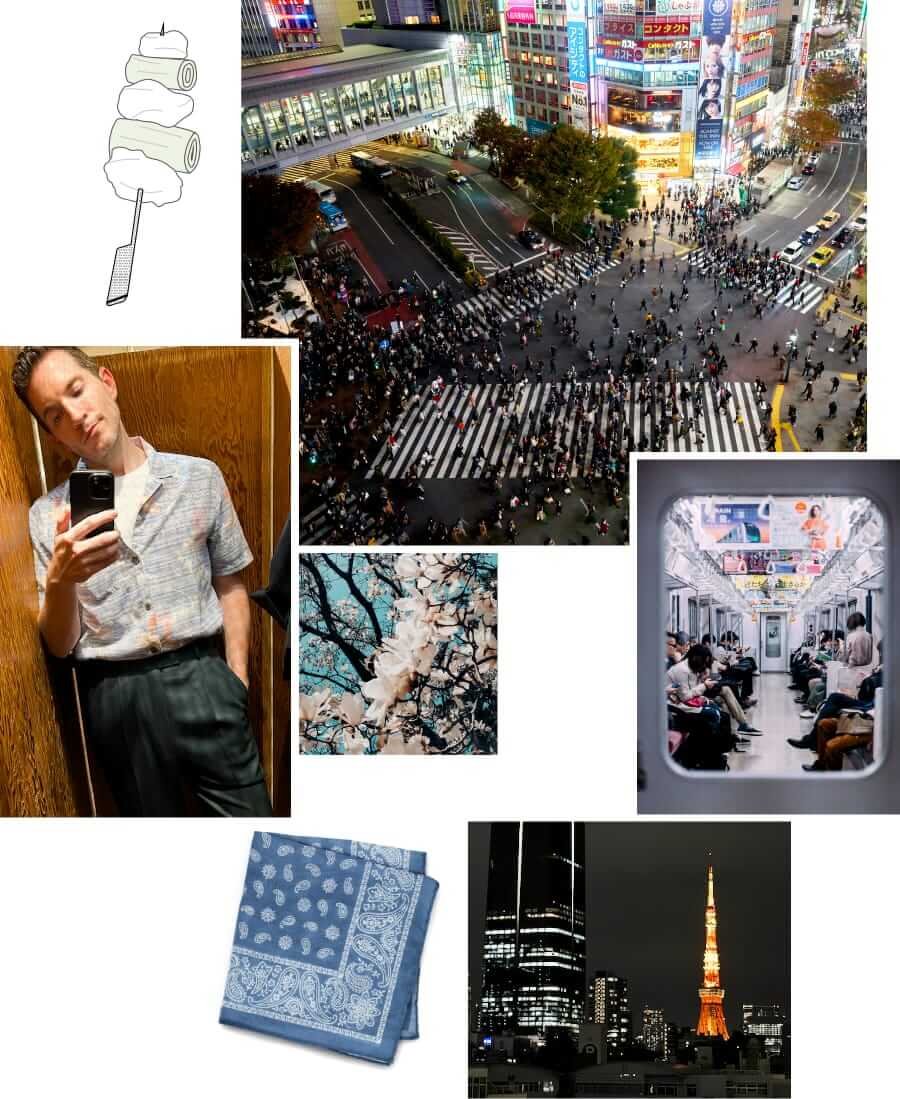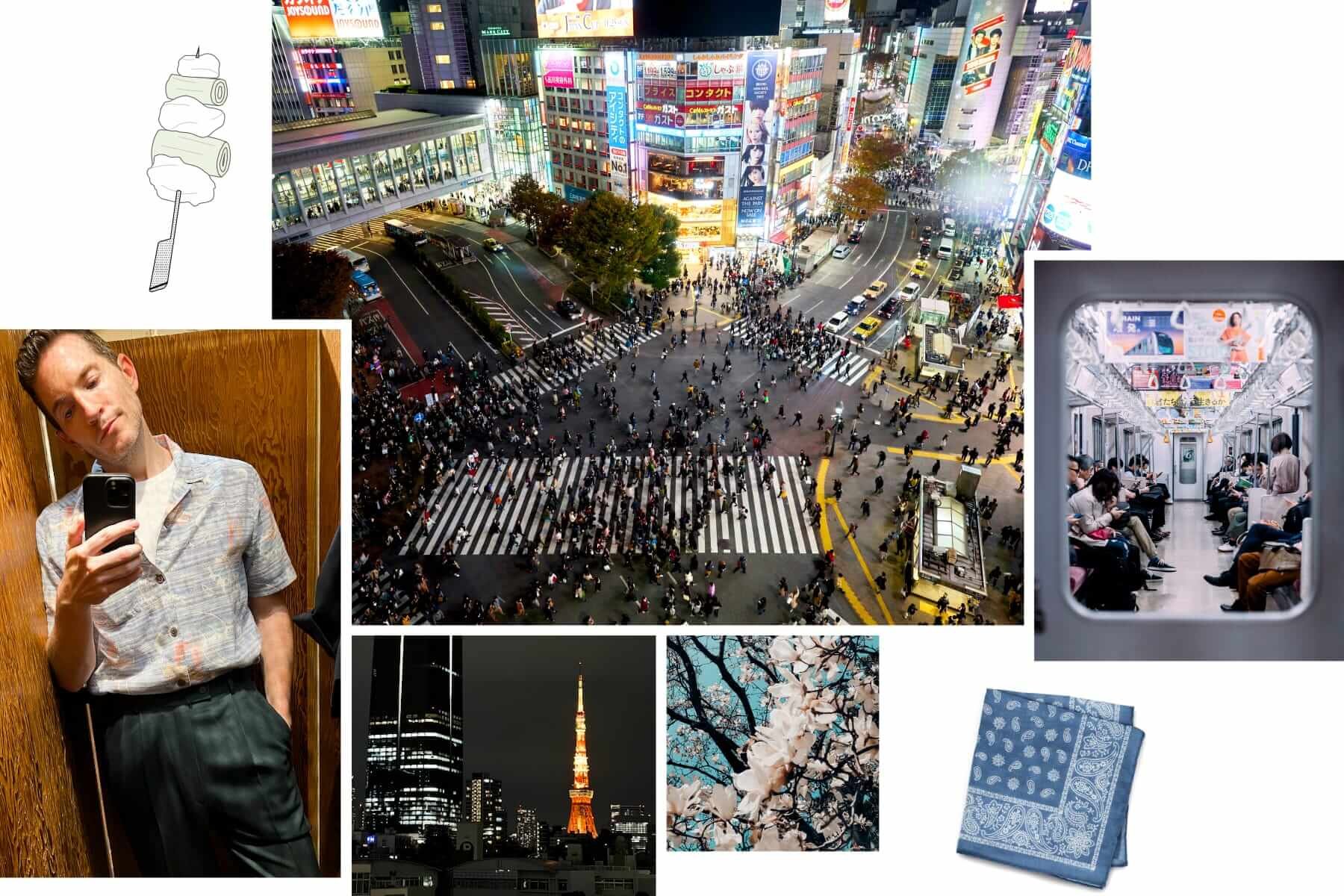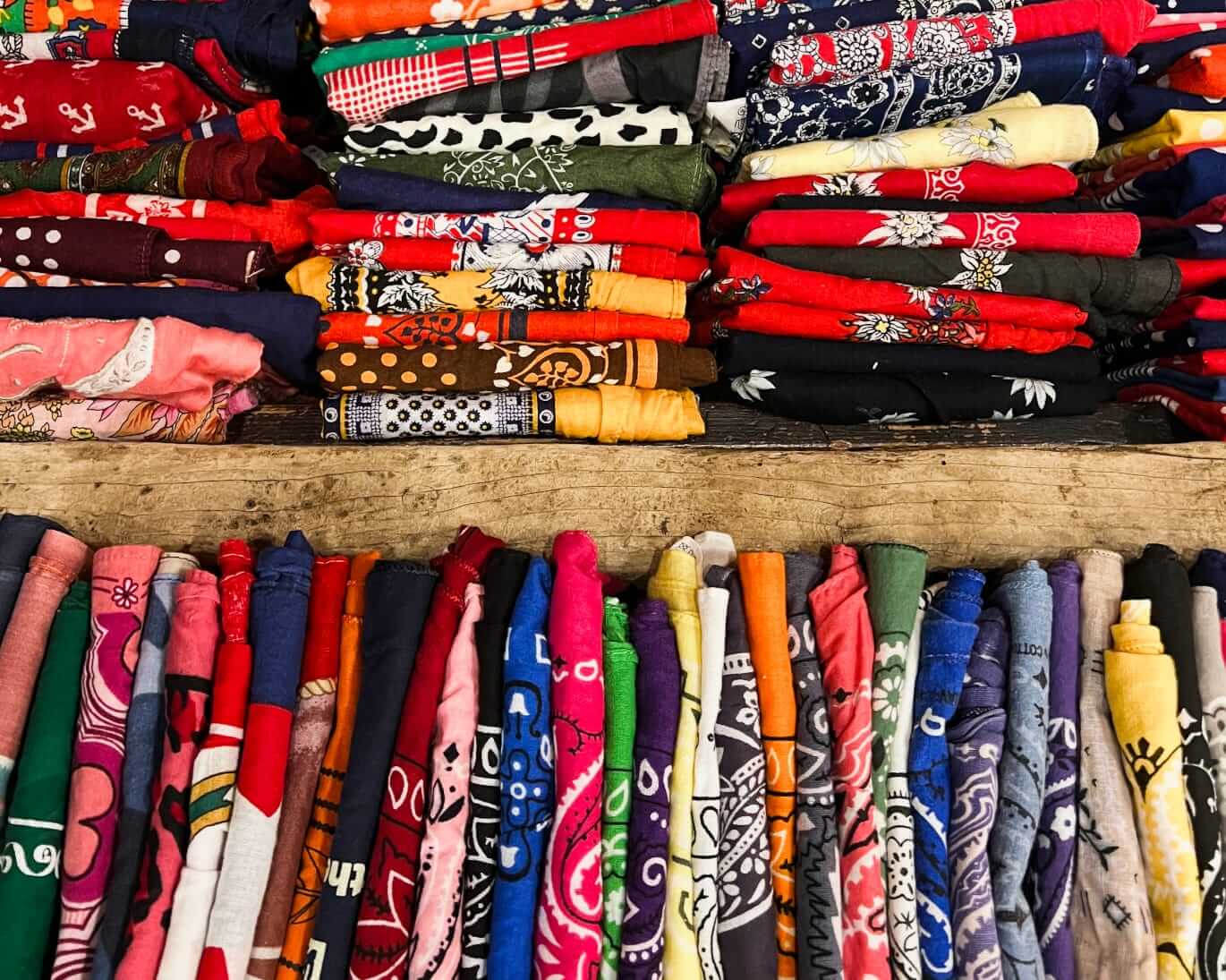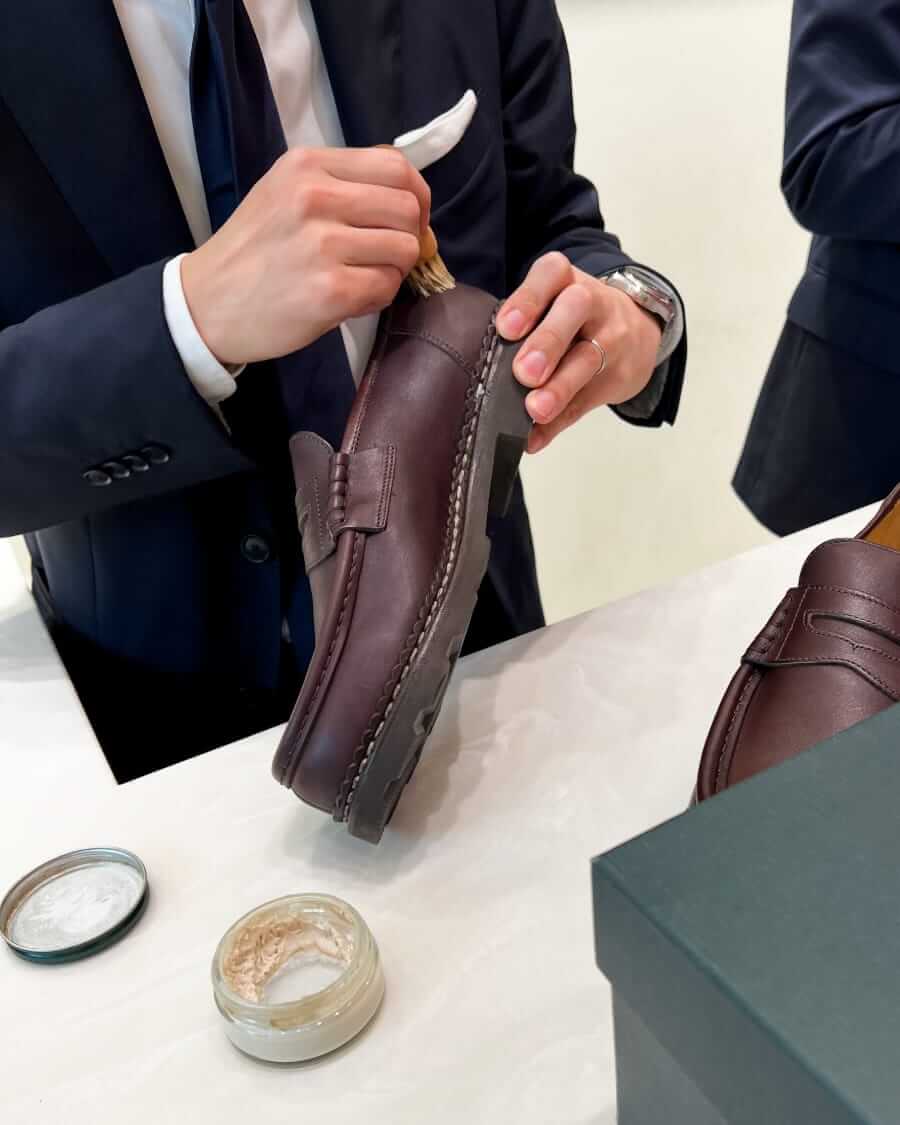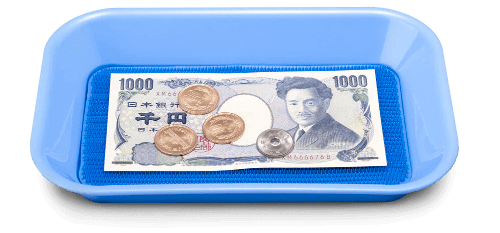Drinking in Public Is an Absolute Pleasure
Perhaps it's because the Japanese are so civil and well-behaved that public drinking has been allowed in their society. You can crack open a beer, a bottle of sake or a refreshing canned cocktail pretty much anywhere, but it hasn't resulted in messy public drunkenness or excessive littering. What it has allowed for is the joy and casual pleasure of sipping on an alcoholic beverage while catching up with a friend on a park bench. Or having your own personal happy hour after a particularly long day at work—I've found that the walk from the train station provides just enough time to stop by the nearest convenience store for an icy lemon sour to drink on my way home. By the time I get to my front door, I'm refreshed and relaxed.
Push Yourself Out of Your Comfort Zone
This is probably true in any new environment, but being in Japan has provided ample opportunities for me to branch out and try new things. Like eating raw horse meat, for example. I didn't plan on eating it, but turns out, it's delicious. On the other hand, the sticky, gooey, fermented soybeans known as natto? Not so much. But you'll never know unless you try. And once I let go of the fear of being embarrassed, I discovered I could do almost anything—from negotiating prices on secondhand appliances and signing up for Japan's national healthcare insurance to singing karaoke in front of a date—and feel damn good afterward. Kaizen is a Japanese term that means “continuous change for the better”. The philosophy involves making small, incremental improvements over time that add up in order to achieve your goals. The Japanese believe that even the smallest of changes, made consistently, will pay off—think of it as compound interest for your skillset.

